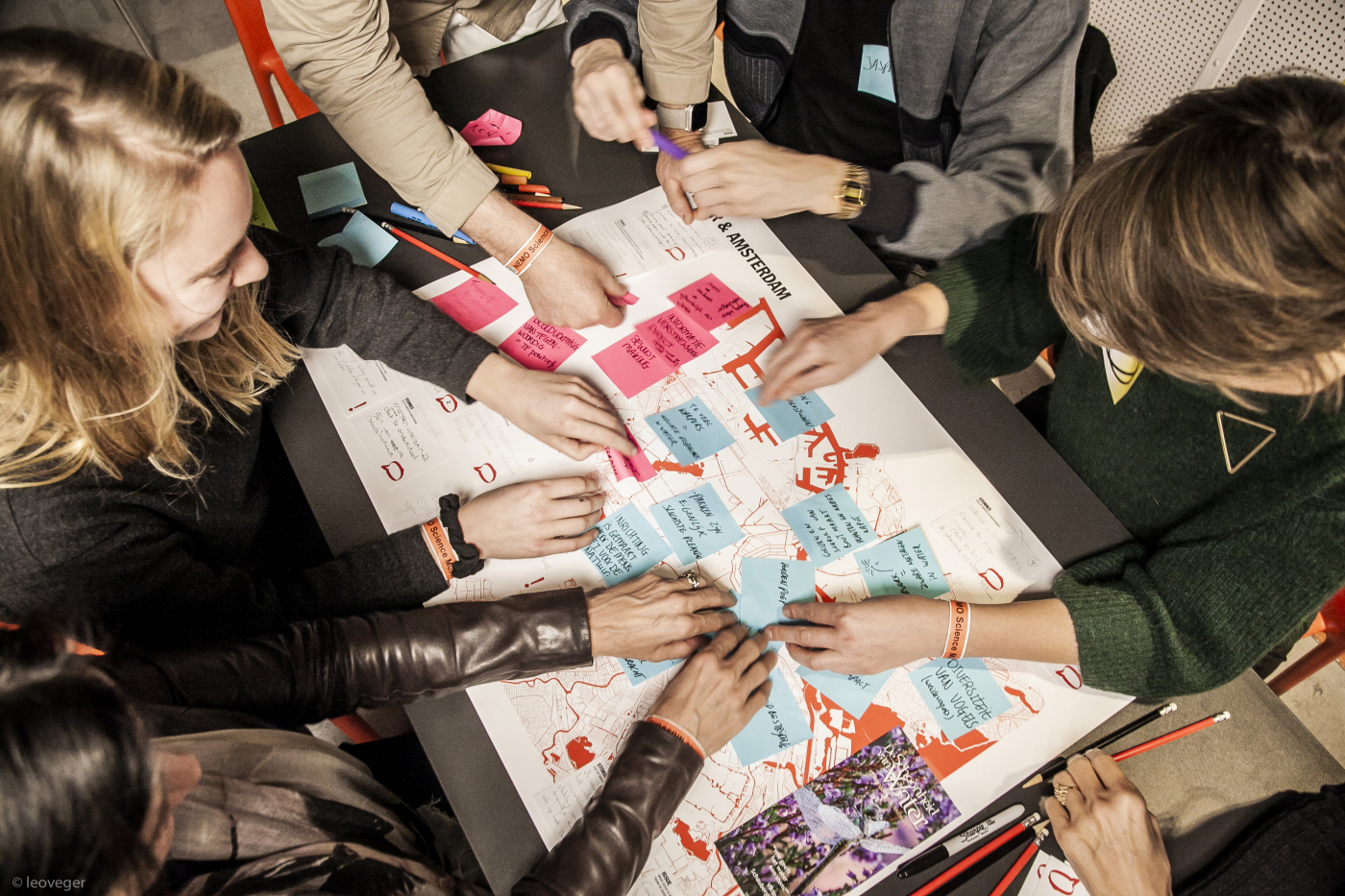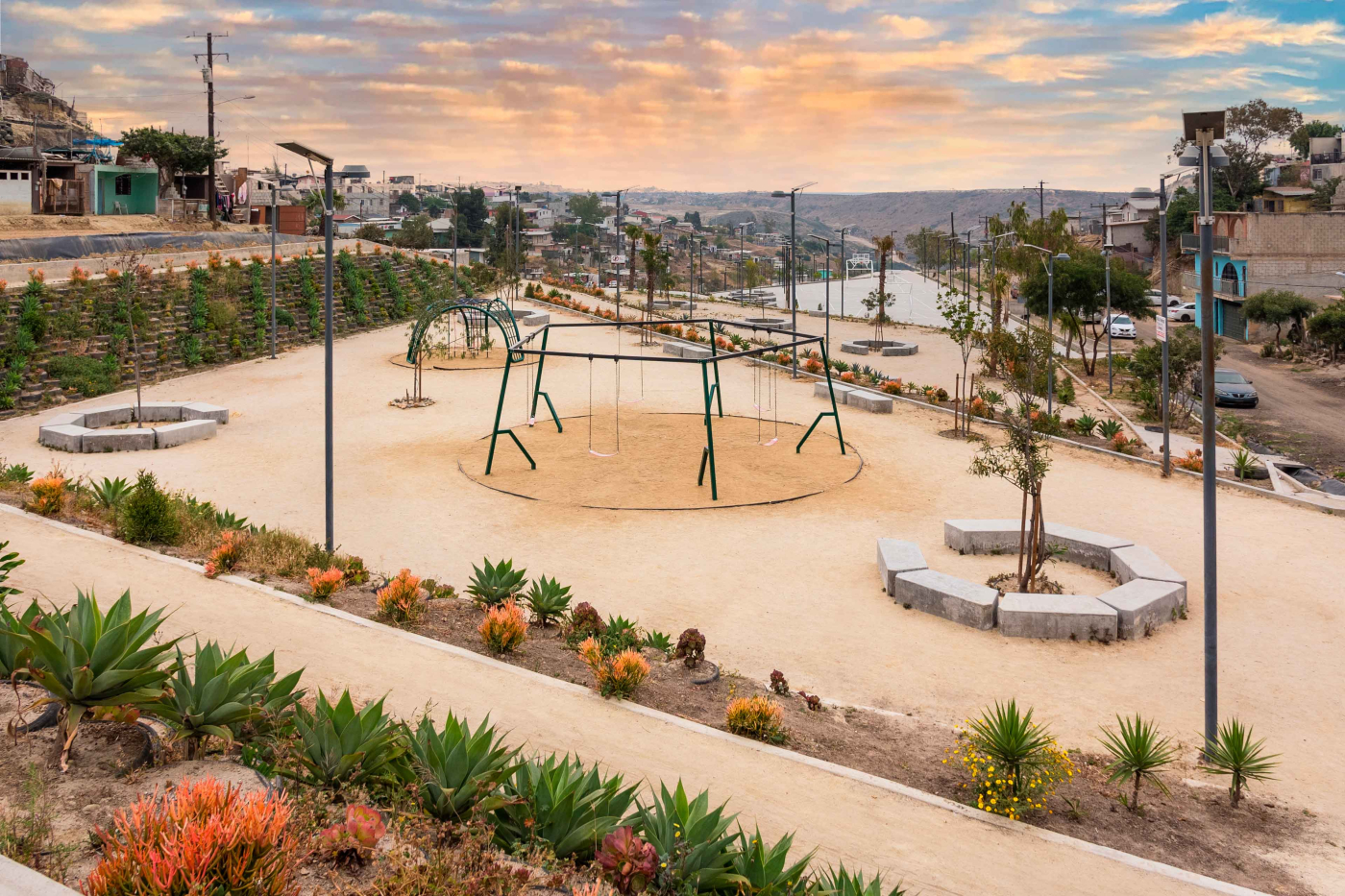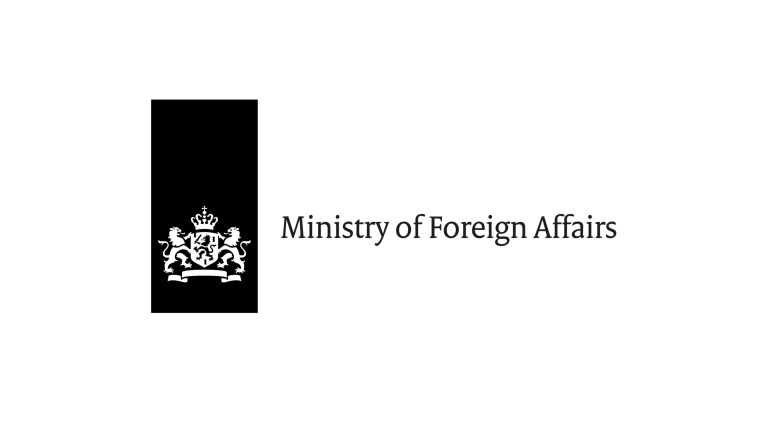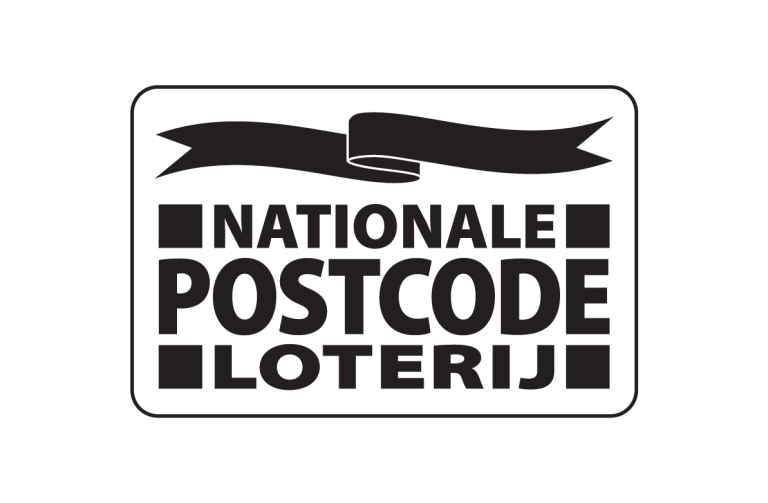
MAPPING URGENCIES AND OPPORTUNITIES
Climate change is a global problem, but one which disproportionately affects the most vulnerable people in the world. So while we are facing the same storm, we are doing so in very different boats. To take different perspectives into account, here are a few key insights from our research partners in five major cities: Amsterdam, Delhi, Mexico City, Nairobi, São Paulo and Tokyo.
The Netherlands
What are the local urgencies facing this region?
→ The Netherlands is facing a critical shortage in housing. The need for nearly one million new homes, especially in low-lying areas, suggests a focus on urban densification and innovative housing models.
But how can we be sure that the new houses we build will remain livable as sea levels continue to rise?
→ At the same time, our summers are getting hotter and hotter. This trend is especially dangerous in old cities like Amsterdam, which are not built for these kinds of temperatures. In the countryside, changing weather patterns are also resulting in more regular and severe droughts.
→ Farmers all over the Netherlands are currently in a prolonged struggle with the government about the amount of nitrogen pollution that results from the use of cattle feed and fertiliser. The effects of this pollution are especially visible in and near nature reserves.
How can design make a difference?
→ Designers must learn to build with the changing environment or use it to our advantage. We can think past regular housing and explore mobile housing or housing on water. We can also explore ways to manage water in a positive way.
→ Housing in cities can be adapted with new sustainable cooling systems. Campaigns can help people understand what they can do themselves to make their neighbourhoods more comfortable during heatwaves. Design can also be used to change behaviour around water consumption.
→ Meat and dairy consumption are high in the Netherlands. Design could promote alternatives, connect people more to the food they eat, and explore more regenerative methods of farming.
With research by STBY.

Mujo is a previous winner developing biodegradable packaging materials from seaweed.
Kenya
What are the local urgencies facing this region?
→ 21st century ways of living that create waste, such as plastic and fashion are widespread across the country. In the capital of Nairobi, more than 2,400 tonnes of solid waste are generated every day. On a good day at the Dandora dump, a waste-picker makes 350 Kenya shillings (£2) for several kilograms of plastic bottles, which they sell to recyclers through agents.
→ Globally, the fashion industry is responsible for 8-10% of global carbon emissions, and creates massive amounts of textile waste which often end up in countries like Kenya and Ghana. Secondhand clothing sent here gives customers cheap options that aren’t locally manufactured, and much of it quickly becomes waste.
→ Air pollution and carbon emissions that come from harmful cooking fuels also affect Kenyans’ health negatively. Meanwhile, policies to regulate these products and practices are slow to deploy and implement.
How can design make a difference?
→ Designers can offer practical ways to phase out plastic, for example by promoting the use of sustainable materials (glass, hemp, seaweed etc.). They can also provide services or facilities to support local waste collectors and sorters.
→ Where appropriate, designers can also promote local design and manufacturing, to reduce the consumption of imported products. Or to hack the system by taking matters into their own hands, on a community and waste collection level or on a policy and implementation level.
→ When it comes to sustainable and circular practices, the lack of reliable information available to Kenyans means that there are also huge opportunities for communication, activism and education initiatives.
With research by Nairobi Design Week.
Mexico
What are the local urgencies facing this region?
→ Mexico is a nation that relies heavily on agriculture and livestock production, with around 70% of its land dedicated to these activities. Unfortunately, shifting weather patterns are disrupting growing seasons, leading to reduced crop yields and increased vulnerability to pests and diseases.
→ Climate change has had a profound impact on endangered biodiversity and endemic species in Mexico. The loss of iconic species like Mexican grey wolves, sea cows and monarch butterflies not only threatens Mexico’s rich natural heritage but jeopardises the delicate balance of ecosystems.
→ The increasingly extreme effects of climate change, combined with inequality and poverty, are causing significant population displacement in Mexico and Central America. According to projections by the World Bank, by 2050 there could be between 1.4 and 2.1 million internal climate migrants in the region
How can design make a difference?
→ Food production in Mexico needs to be redesigned, through interventions like climate-smart infrastructure, rethinking the use of pesticides and fertilisers, implementing innovative irrigation systems, and repurposing industry waste, but also by helping redefine dietary and consumption habits.
→ Design has a crucial role in developing earth-centred products and materials, that augment natural cycles rather than deplete them. Furthermore, it is necessary to develop educational materials, care guides and campaigns for endangered species.
→ Although migration often has political implications, design can play a crucial role in developing emergency housing, food and supply systems, as well as mobile healthcare solutions. We should also advocate for equal participation in discussions, encouraging businesses and governments to view the world from the perspective of systemic design, collectivity, and collaboration.
With research by Studio delaO+ and WDCD Mexico City.

Guiding The Runoff is a previous winner that transformed a debris-filled ravine in Tijuana into a vibrant public space.
Japan
What are the local urgencies facing this region?
→ Due to a combination of factors including low fertility rates and labour shortages, Japan’s cities are struggling to meet the demands of an ageing population. One key issue here is mobility, which has significant implications for the health and safety of local residents, especially the elderly.
→ Many parts of Japan are also dealing with the social and ecological consequences of overtourism. Once the economy has recovered from the Covid-19 crisis, new policies and regulations are needed in this sector.
→ In 2018, Japan produced 9.4 million tonnes of plastic waste, making it the second-largest producer per capita after the US. Packaging is deeply rooted in daily life and in Japanese traditions, for example in the culture of gift-giving. At the same time, plastic is also equated with hygiene and modernity. As a result, waste accumulates at breakneck speed, and the delicate question of their treatment arises.
How can design make a difference?
→ Design could propose alternative, low-carbon modes of transportation that are more suitable for smaller countryside towns and provide safe travel for the (ageing) residents. One way design can help alleviate mobility issues is by creating efficient and tailored services in communities that struggle with accessibility.
→ Design can be used to shape behaviour and battle the impacts of overtourism. It can also help create a more sustainable approach to tourism which emphasises local community and nature care.
→ Design solutions can be found in pushing forward innovative (biodegradable) materials; in services offering reusable packaging, or in omitting packaging altogether.
With research by Re:public and Kyoto Institute of Technology.
Brazil
What are the local urgencies facing this region?
→ The Amazon is currently facing severe drought, caused primarily by the decrease in rainfall in the region. The situation is worrying on multiple levels, as it damages the navigability of rivers, increasing the possibility of fires and negatively impacting communities that depend on the forest.
→ Indigenous peoples have an ancient history in this country. However, they face numerous challenges to their existence, many of which are directly related to the interests of Brazilian agribusiness. The territorial loss of Indigenous peoples also brings with it a decimation of traditional wisdom and knowledge.
→ Textile waste is also a nationwide concern in Brazil, with 170 million tonnes of it being generated every year. This problem is especially acute in urban hubs like São Paulo and Rio de Janeiro, where consumption rates are high and growing.
How can design make a difference?
→ There is a need to design systems that allow water storage during rainy periods, as well as technologies for sustainable irrigation and environmental monitoring. Educational design also has a great opportunity here, with regard to raising awareness about water cycles and usage.
→ By designing products with durability, recyclability and sustainability in mind, designers can help to reduce the amount of waste generated by the fashion industry. They can also influence and encourage consumers to buy fewer clothes and to invest in higher quality pieces that will last longer.
→ Design can provoke alternative approaches to agricultural technologies while advocating for the rights of Indigenous communities, the restoration of degraded ecosystems, and the integration of Indigenous culture.
With research by Flutter Innovation.

Saathi is a previous winner that produces affordable, biodegradable sanitary pads from agricultural waste.
India
What are the local urgencies facing this region?
→ Indian agriculture has been significantly impacted by the extreme weather conditions. Over the past six years, the country lost 33.9 million hectares of crops due to floods and excess rains, and 35 million hectares due to drought. These challenges echo through everyday life, giving rise to issues like food insecurity and livelihood loss.
→ As temperatures rise across India’s urban centres, more and more air-conditioners are needed to cope with the heat. This not only places a public health threat but upsets the energy budget of the country. India’s electricity demand hit a record high in 2023, triggering the worst power crisis in more than six years.
→ The ensuing consequences include displacement, migration, and conflict, eroding the longstanding connections between people and nature, livelihoods, and identity.
How can design make a difference?
→ There is a need for climate adaptation technologies to be more user-friendly and in sync with local practices. There is also room for climate-resilient farming practices and systems, and initiatives to reduce food waste by improving every stage of the agricultural process.
→ Design has a vital role to play in developing passive and active solutions for thermal comfort and cooling. There is much to be gained by exploring shading, ventilation and daylighting strategies in the built environment, and helping people and businesses manage their energy consumption.
→ Designers play a significant role in reshaping the climate narrative in India. To drive meaningful change, they must prioritise responsible sustainability, inclusivity, community engagement and open-source collaboration, in a way that centres local, traditional knowledge.
With research by Quicksand India.
Our partners




